The Neglected Yarra
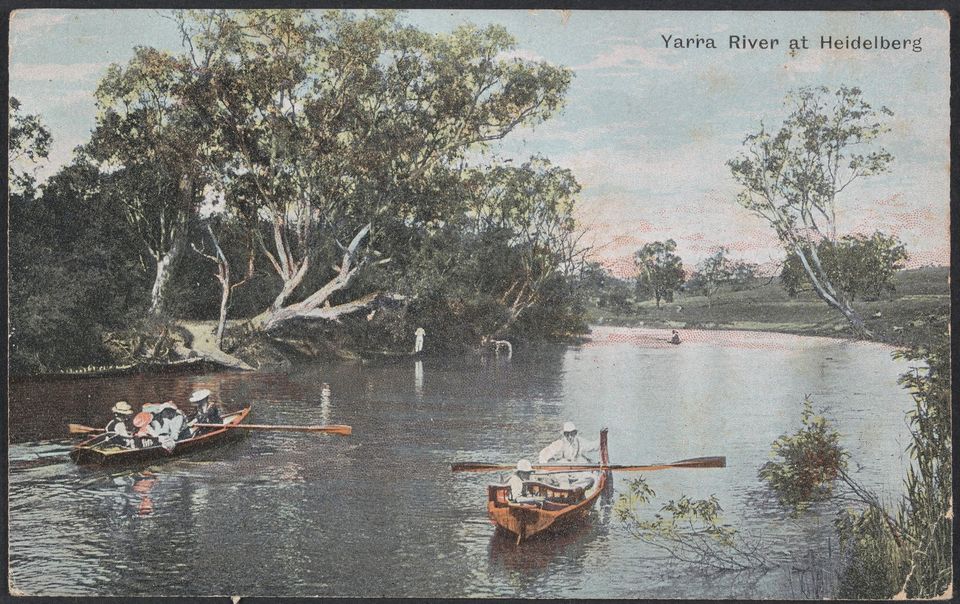
Most days down along the Yarra banks volunteers, local government employees and State Government employees apply themselves to repairing the deterioration of the riverine environment.
Since Batman and Fawkner some terrible treatments have been meted out to the Yarra. The worst may be past - but it is a long way from it's best.
Why is the Yarra so unloved?

Why is it so little mentioned in public discourse?
There were once grand plans for the Yarra in our neighbourhood - maybe they were pipedreams, maybe they were engineering interference, maybe they were financial folly.
But they bestowed on the Yarra a status above drain, sewer, impediment to land transport.
Argus (Melbourne, Vic. : 1848 - 1957), Saturday 15 October 1938, page 3
THE YARRA - AS IT MIGHT HAVE BEEN
Dreamers of the Past Planned Lakes, Plantations, and Arbors Not Yet Achieved
By FRANCOIS DE CASTELLA
(Ed.: F. De Castella was one of 3 local landowners who donated approximately 60 acres of land to the State to allow the Boulevard to be constructed)
We have not done right by our Yarra! . . .
We have missed opportunities with her. To be sure, we have titivated her up where she runs through the city, but on the whole we have treated her rather like a poor relation, missing the potentialities we should have cherished and embellished as London and Paris and Rome have embellished their rivers.
In pre-sewerage days the very word "Yarra" was a reproach; caustic Sydney-ites spoke of "Marvellous Smellbourne." This has long since been rectified, and the city portion is how almost as it should be; as good as tidal limitations will permit. But what of the far more beautiful upstream part above Studley Park, which should be the recreation-ground of the metropolis?
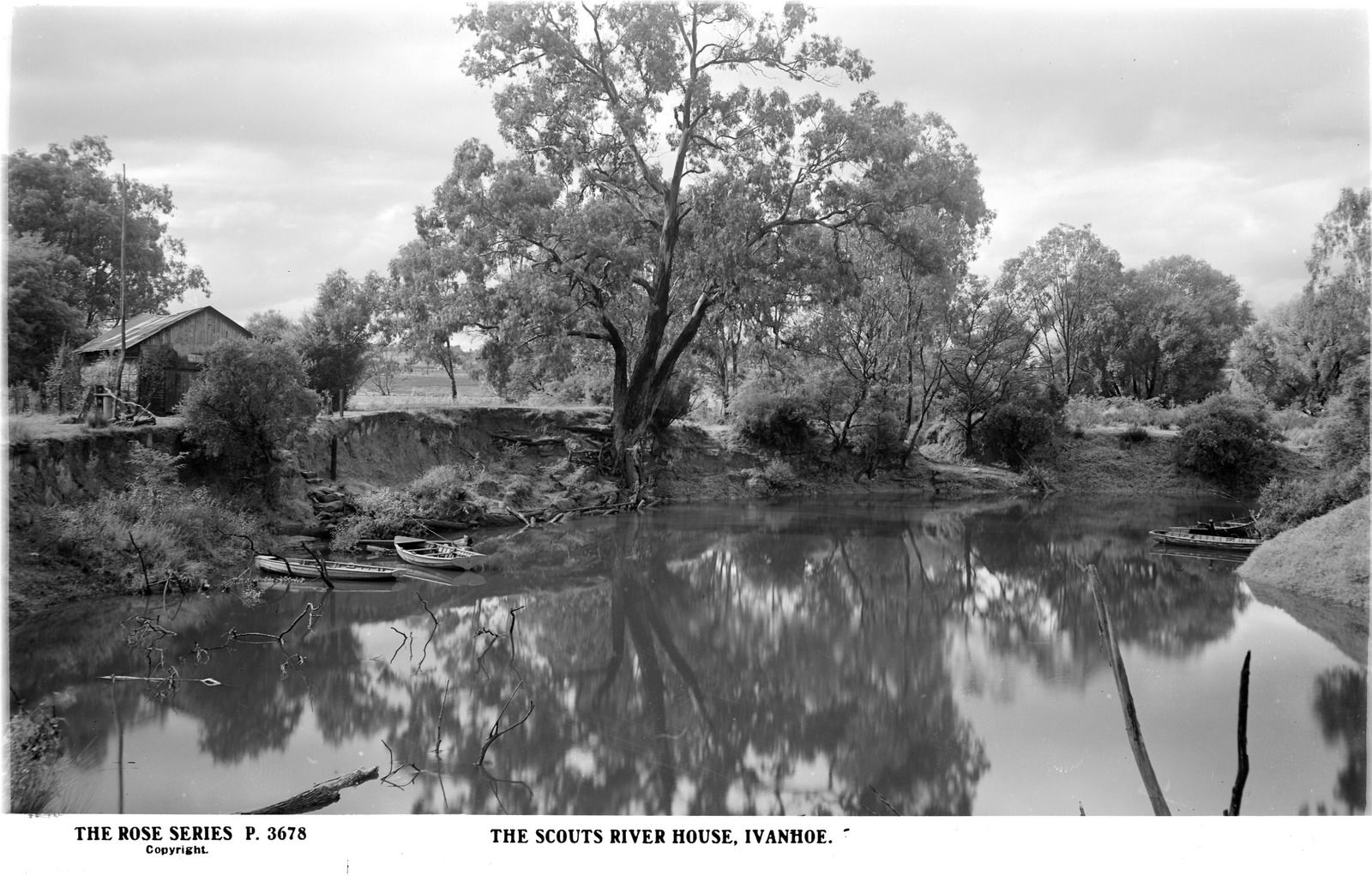
Our lack of "a river sense" is deplorable. We are a practical people, and place utilitarian considerations all too far ahead of those aesthetic. Hence do we still fail to realise all that the Yarra should mean to us. If Sydney has its harbour we have our river, but we take no pride in it-we are not alive to its potentialities. A river, unlike a harbour, is amenable to artistic treatment. Much of its beauty is latent, and benefits from appropriate development. So is it with a lovely girl, who seldom rests content with the charms nature gave her. She omits few of those devices of art that have been devised to enhance them. Sometimes, indeed, these adventitious aids are the most striking part of the picture-an error of taste to be also avoided in landscape gardening. As regards our river, however, the mistake has been all the other way.
Yarra potentialities have not been visualised, even in those riverine suburbs most vitally concerned - those among which the stream meanders. Heidelberg is the most conspicuous example. Camberwell, long apathetic, has recently awakened to its Yarra responsibilities, and is establishing a park near Burke road bridge.
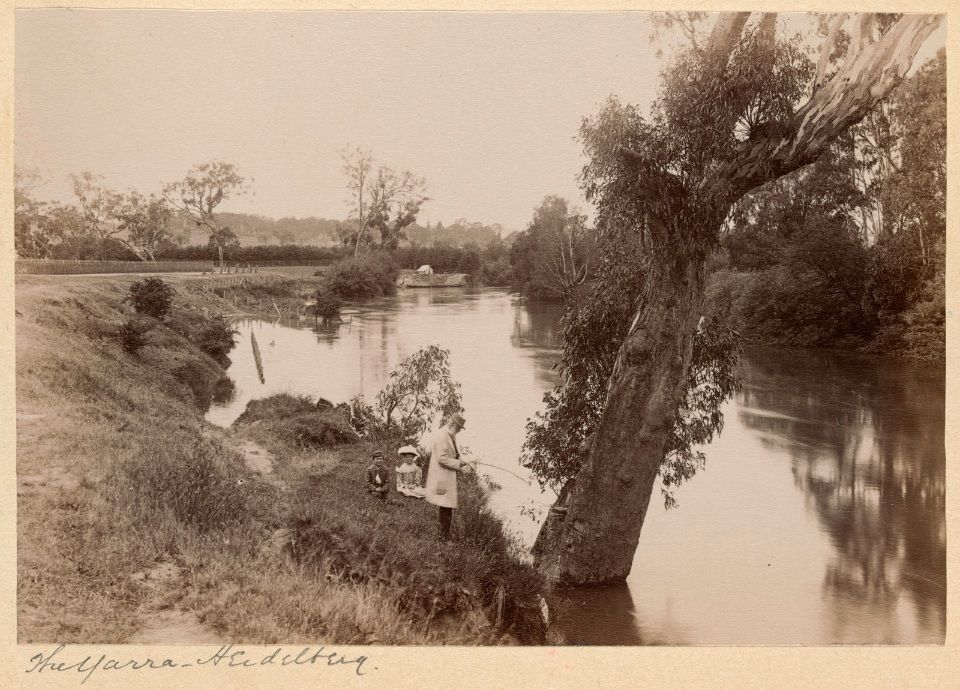
Not only do we lack appreciation of our river, but we fail to realise that the expenditure needed to make it what it should be would not benefit the immediately adjacent riverine suburbs alone. It would provide a great boon to the metropolis as a whole. The Yarra above
Melbourne should become even as the Thames is above London. A national park, in sections at least, upstream to Warrandyte, and even beyond, would be a wonderful acquisition. The arousing of a river sense in the mind of the average citizen is the first requirement; a com-prehensive scheme of treatment would soon follow.
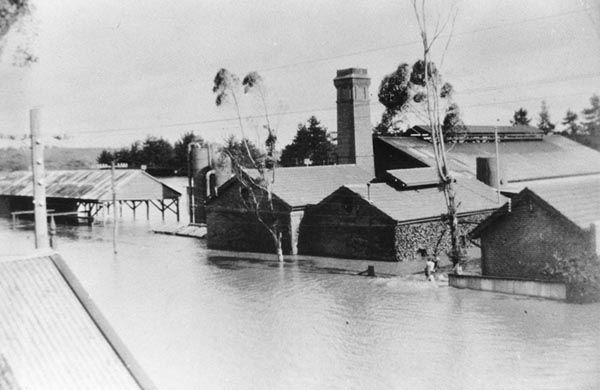
"Let us learn to dream, then perhaps we shall find the truth." So wrote Kekule half a century ago.
Such a dreamer was Thwaites, chief engineer of the Metropolitan Board of Works, who, combining the aesthetic with the utilitarian, propounded the idea of an East Ivanhoe lake, to be formed by a barrage of the Yarra at Fairfield Gorge, that would submerge some 9,000 acres of low land, mostly on the left bank, in Kew and Camberwell, converting it into an aquatic playground for the metropolis. The generation of hydro-electric power was to be the business side of the under-taking. The scheme was much discussed, its critics holding that land resumption alone would cost half a million - perhaps more-and that interest charges would amount to more than the electricity generated would be worth, especially in summer.
The proposal was, nevertheless, a wonderful dream, that may some day come true-so say optimists, even to-day.
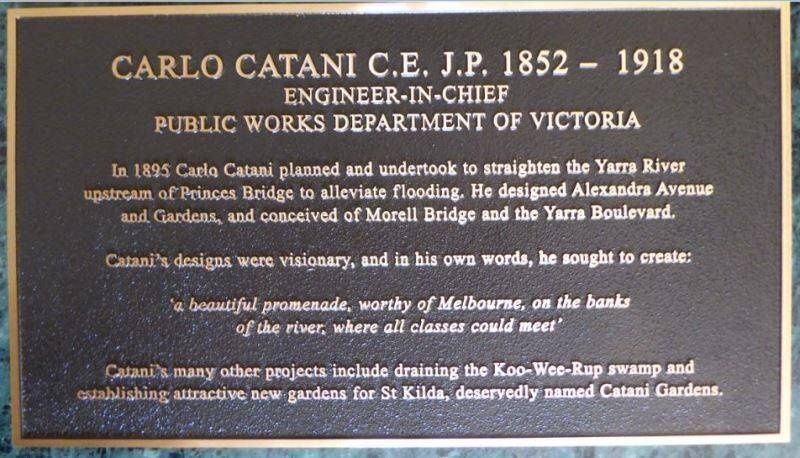
The dream that so far has been most fruitful of results was that of Carlo Catani. In 1913, as chief engineer of the Public Works Department, he conceived the idea of Yarra beautification, and designed the boulevard. Provision of work for the unemployed affording an opportunity, a good start was made.
Extensive plantations along the banks of the river were once proposed to provide great banks of wattle like this, miles of boulevard were actually constructed in the rough, But, alas! inter-est in the scheme was not fated to endure. The war supervened, and work was discontinued.
It was not until long after the signing of peace that it was resumed on this section, and then only in a half-hearted, perfunctory way. Quite recently commendable activity has been shown in boulevard development near Studley Park and nearer Melbourne, where much valuable work has been carried out, though upstream from Fairfield it has been sadly overlooked, and little or nothing has been done to the river itself.
The most glaring omission concerns the trees-the really essential feature. These were never planted, season after season has slipped by, and more than 20 years have been irretrievably lost. Actual planting would have cost but little, and the trees would have been growing all this time. What magnificent drives would they not by now have provided?
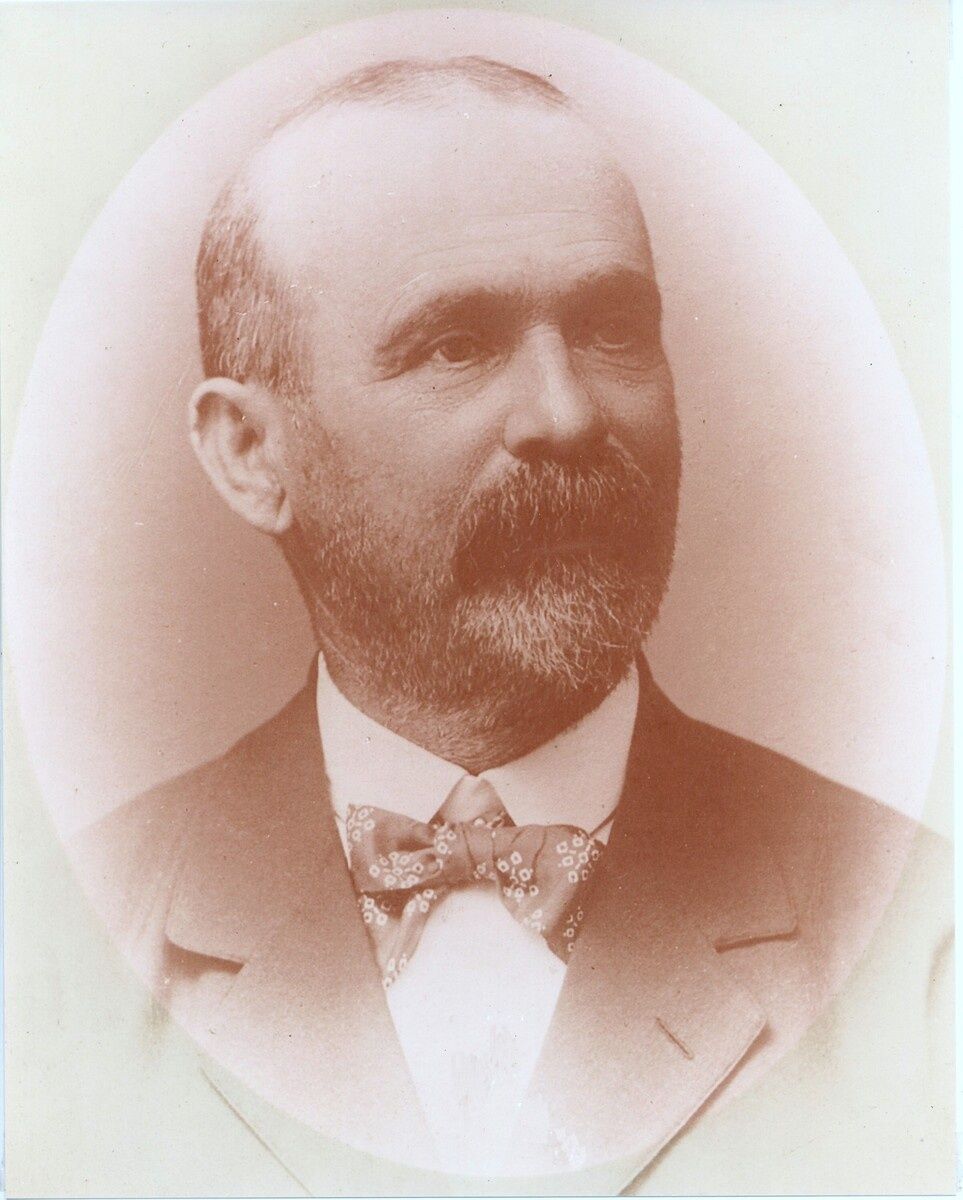
Catani's project is the basis of more recent proposals that are again beginning to receive attention. It may be worth noting that the scheme is not incompatible with the lake idea, the boulevard having for that reason been laid out at a sufficiently high level. Its designer was, nevertheless, of opinion that plantations on the low lands would be even more attractive and less costly than a lake.
Five years ago Dr. Ethel Osborne contributed to "The Argus" an article entitled "Gold in the Yarra," contrasting the search for material gold in the river bed at Warrandyte with the metaphorical gold of Yarra beautification, and suggesting the completion of the boulevard as a fitting commemoration of Melbourne's Centenary, then two years ahead. This event has come and gone, alas! without the dream materialising. "Surely," said Dr. Osborne, "the Yarra Boulevard will be a golden highway, not only with its wattle plantations but also as a valuable asset for every district through which it wends its triumphant way."
If I may be permitted to dream, I would visualise appropriate areas of the low land (that would be submerged by the lake scheme) converted into plantations. Certain sections could be mainly devoted to one particular flowering tree or shrub -a cherry section, a magnolia section, and so on. When in flower each would become an object of special pilgrimage as in Japan. And everywhere the glorious silver wattle, gold in August and pale malachite green velvet in the other months. It does not even need planting -it comes up spontaneously and grows quickly if protected from stock.
Billabongs could be converted into willow-fringed backwaters; the locks proposed by Catani raising the river level sufficiently. Depressions could be deepened, connecting canals made, and levels of the higher ground readjusted by dredging at a low cost. A Venetian section might thus be provided. The quality of the soil ensuring rapid growth, scenic effects, unique in Australia, could be obtained in a very short time by skilful handling.
Let us hope that a brighter day is about to dawn for our river. The Yarra improvement committee has a wonderful opportunity. In the past the clash of conflicting interests has brought many an excellent project to naught.
When I was a small boy the extinct Yarra herring was an esteemed fish. There seem to be herrings in the river still - red ones! A proposal made in one quarter reacts, as such, in another, and nothing is achieved. Work proposed in one municipality is looked askance at in another. A broader outlook is needed.
Why not a Yarra League, to foster a river sense, and to aid and encourage the Yarra improvement committee in its good work?
The author of this plea was present at the 1913 "turning of the first sod" to construct the Boulevard.
25 years later he pens a heartfelt article calling on the various involved parties to pull together.
Footnote
"Hi John.
I enjoyed reading your article about the Yarra beautification plans. By the way, Francois Robert De Castella is buried at Warringal Cemetery, Heidelberg. His son Rolet Francois De Castella is buried at Yarra Glen Cemetery.
Nilss"
Member discussion